In recent years the therapeutic benefit of massage has been proven and many health insurance companies now offer coverage for massage services, making it a financially lucrative career choice. Here are some key elements to a professional back massage:
1. Get the best table you can afford and be certain that it is properly assembled and adjusted both for the safety of your client and for your comfort. Cover the table with one fitted sheet and one flat sheet so that your client can easily slip under the sheet and get comfortable before you enter the room.
2. It is not uncommon for clients to develop a runny or stuffy nose as you work in response to the release of toxins into their system, so keep a box of tissue close to hand for these instances.
3. Check your client's placement on the table and guide them in moving higher into the face rest or further onto the table as necessary.
4. Adjust the positioning of your client's arms, if necessary, before you begin. It is usually recommended that the arms remain under the sheet so that you can move the sheet as necessary without being impeded by arms resting on top.
5. Many massage therapists use a holster to keep their massage lotions and oils within easy reach. If you choose to work without a holster be sure to have a table or shelf with your products nearby. Once you begin working on your client you will want to maintain contact throughout the process. Walking across the room to get more oil is a definite no-no!
6. Thumbs and fingers are wonderful massage tools, but will become fatigued quickly. Use of the heel of the hand, outside of the fist, forearm and even elbow allows you to apply sufficient pressure and manipulation to the muscle tissue without fatiguing your own body and energy.
7. If you are working with a new client or working with someone who is recovering from an injury be certain to ask periodically whether the pressure is too strong or too weak.
8. Begin the massage at the shoulders and upper back. Work out from the center of the spine across the shoulders and feel the muscle fibers beneath the skin. Feel for "knots" of muscle that might require some focused pressure to help break up the pockets of lactic acid at the core of the spasm. Work along the muscle fibers to increase blood flow and restore the free movement of energy through the tissue.
9. Move to the lower back and work up from the points of the pelvis toward the center of the spine and up toward the crown. Since gravity causes bodily fluids to pool in the lower extremities you are encouraging the flow of blood and spinal fluid toward the brain to restore energy.
10. Next the arms. Work down the length of the arm to the palm and fingers.
11. Remove one leg from under the sheet and work the gluteus, hamstring, calf and foot. (Do not massage the back of the knee as this is a highly sensitive area and is prone to venous damage.) Re-drape the leg, expose its partner and repeat.
12. Walk to the side of the table, lift the far edge of the sheet and lift toward you to uncover your client and create a screen between you and them. Ask them to turn over and slide farther down on the table. Once they are settled drape them with the sheet and remove the face rest from the head of the table.
13. Resume your work at the feet. In reverse order remove one leg from under the sheet and massage the quadriceps, knee, calf and foot. Re-drape the leg, expose its partner and repeat.
14. Next the arms: gently but firmly grasp the arm, rotate it in its socket and massage toward the fingertips. Gently rotate the wrist, then using the thumbs massage the Venus mound at the base of the thumb and the palm of the hand. Place one hand on the back of the hand and one on the palm, press the hand between yours. Pull firmly and slide your hands off the tips of the fingers.
15. Gently massage the pectorals and up the neck to the face. Here, massage is often limited to pressure points to stimulate sinus function, around the eyes, the temple and the jaw.
16. Drop your hands beneath the nape of the neck and gently stretch the sides of the neck by rotating the head away from the stretch and pressing down on the shoulder. "Feather" your fingers up the neck to the base of the skull. Grasp the base of the skull and gently pull toward you to apply gentle traction. (Some therapists will use a towel under the neck to ensure comfort for their client.)
17. Finish the massage with gentle circular motions of fingers and thumbs over the skull and rubbing of the ears with fingers and thumbs.
Quietly exit the room and allow your client a few minutes to relax before dressing and exiting.
Wellnessproducts > Massage & Relaxation
How to make a professional back massage?Bad mattresses, commuter seating, improper office ergonomics, slushy recliners and stress all combine to torture the human back 24-hours a day. As a result, most of modern society suffers from chronic back pain.
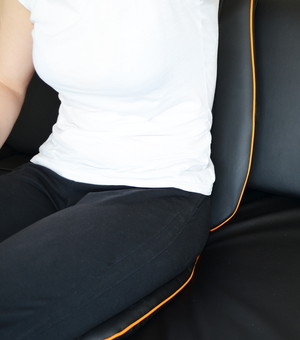 Published on 17.09. by Thomas Toernell 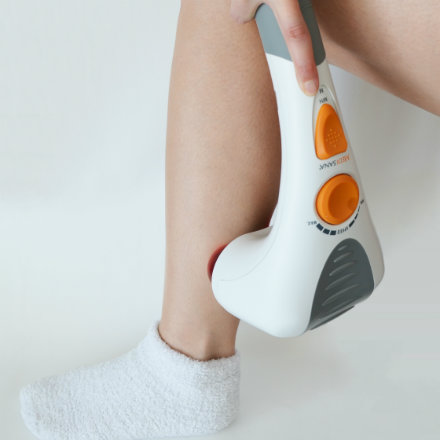 Mobile massagers Mobile massagersSelf massage is a good way to reduce stress and relieve tension. With our mobile massagers, you can achieve this all over your body! 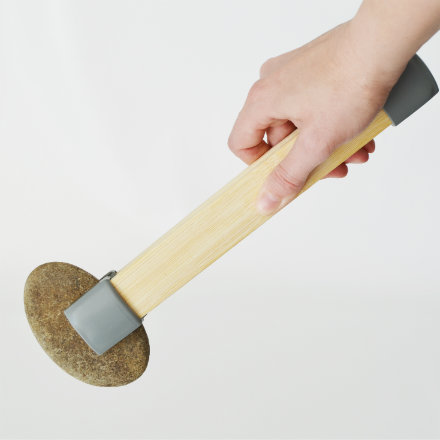 Hot Stone Therapy Hot Stone TherapyThe use of hot stones is well-known as a healing technique by the Indian and Chinese people. Using massage and heat, certain parts of the body are stimulated which enhances the flow of warmth to the body's energy centres. Hot Stone Therapy can be used to release tension which is caused by stress, muscle ache and fatigue. 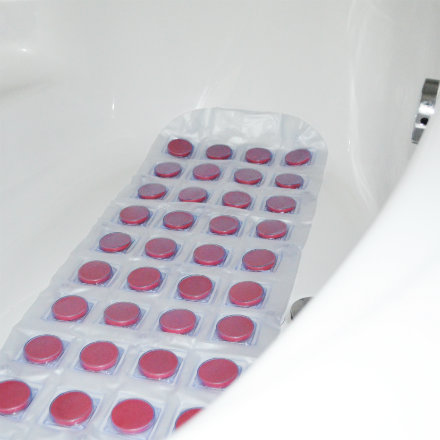 Massage mats Massage matsMassage mats are the perfect addition to every body care collection. Easily transportable, you can use them at home, at work, or on the road. 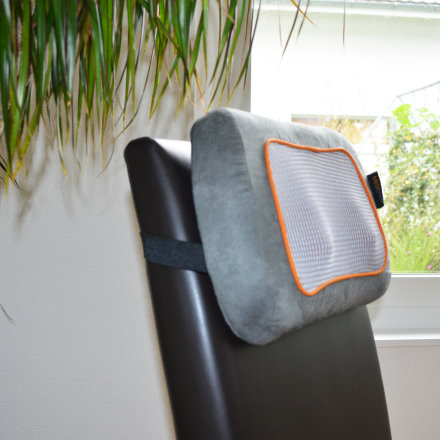 Massage cushions Massage cushionsThese cushions provide targeted heat, massage or relaxing vibration and are especially flexible in use. 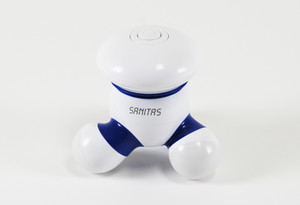 Mini massagers. Mini massagers.Put your massager simply into a purse and take it with you: to the office, on a trip or wherever you may need it. With this you can provide tense bodyparts with a relaxing massage within seconds. 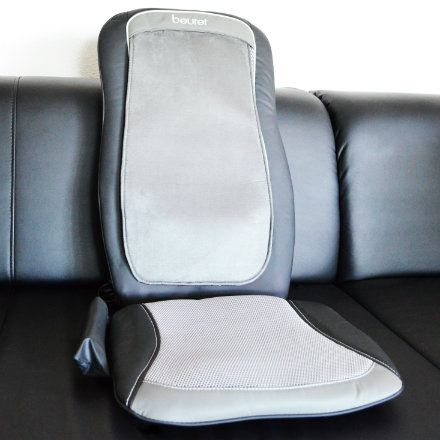 Seat Massager Seat Massager Optimize your time in front of the television or sitting in your work chair. Simply plop yourself onto your portable seat massager and you'll melt away muscle tension while you relax or work. |
- FREE DELIVERY (ECONOMY)
- Safe shopping: Payment with TWINT, credit card, Paypal or Postfinance
- Warehouse in Switzerland (Widnau SG)


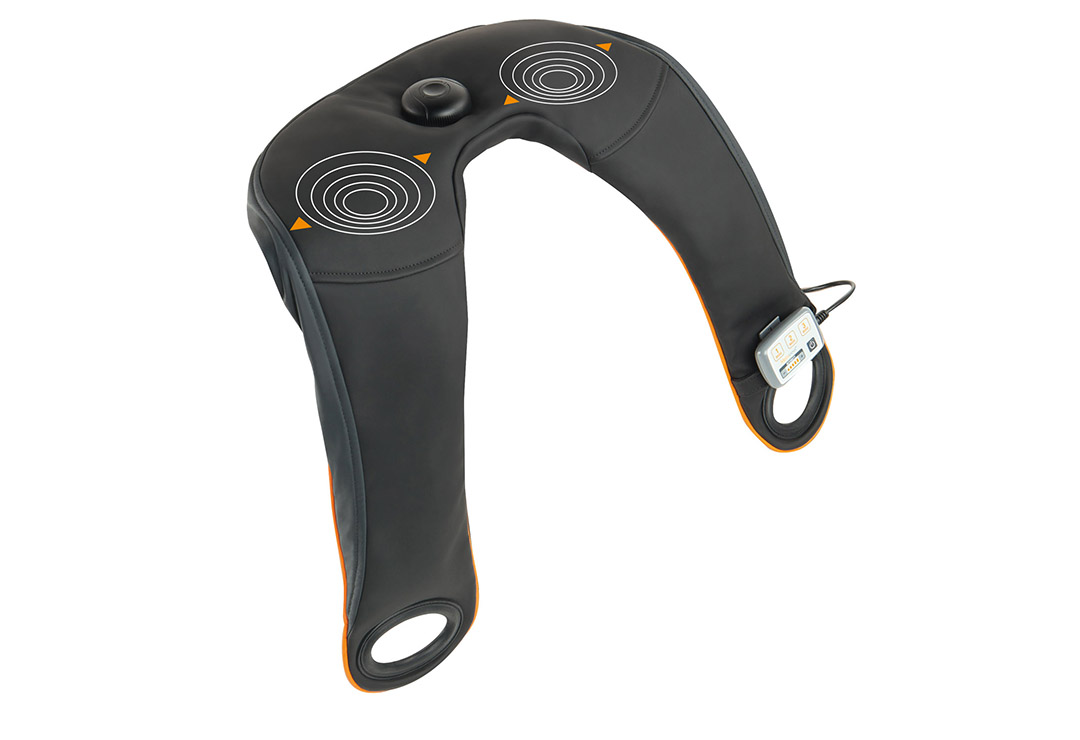 Tapping massager Medisana MNT, CHF 67.00
Tapping massager Medisana MNT, CHF 67.00